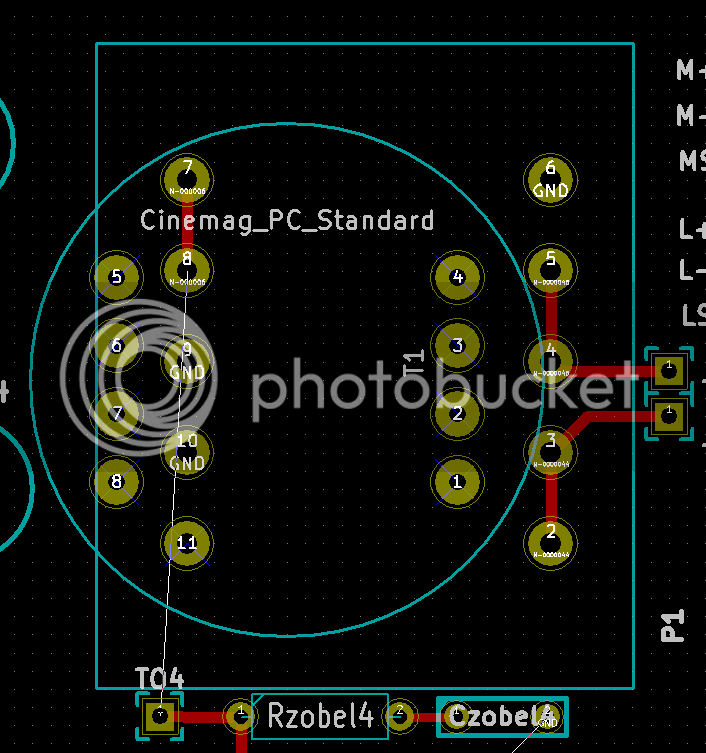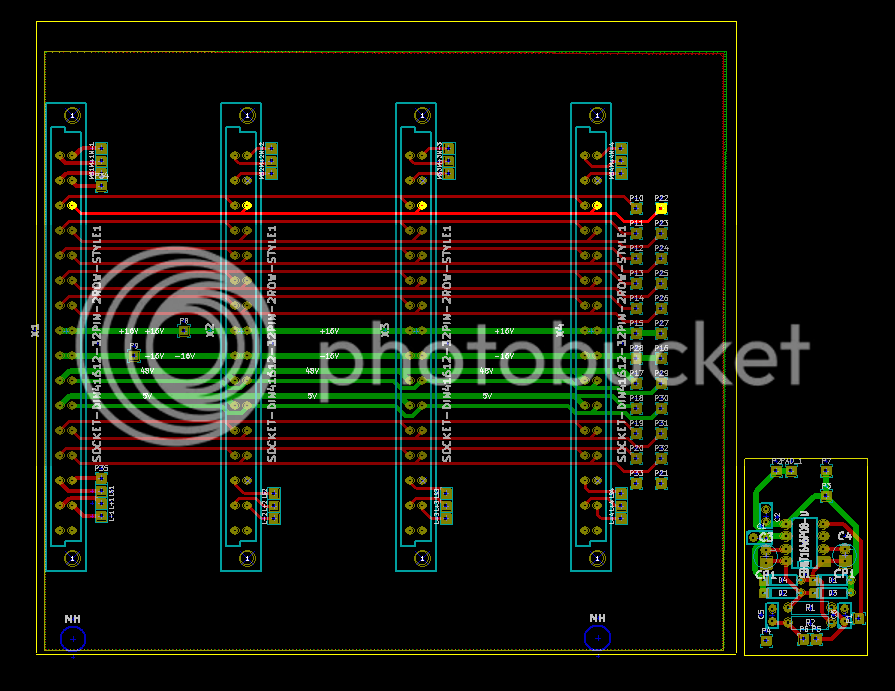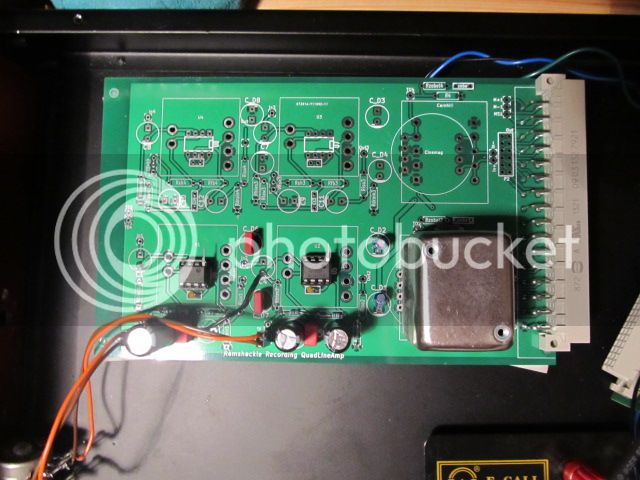ramshackles
Well-known member
Thanks!
Somehow I missed them both when looking through the datasheets last night...
Somehow I missed them both when looking through the datasheets last night...

ramshackles said:The round one, as Ian said, is good for Cinemag CMMI-3.5APC for mic input and CMLI-15/15PCA for line input. The data sheets are not very clear on the wiring for these. From the datasheet, pins 1 and 4 are the inputs. I guess that means 3 and 2 are wired together for both line and mic transformers?


bruce0 said:A new backplane?
I think Holger has a backplane, and Ian has a backplane, and maybe even Bruno has a backplane (sounds like the beginning of a christmas song).
Is it possible to use the same backplane, and thereby maybe begin a "standard" with more room than a 500 series? A little conversation and maybe shared ideas maybe with the other backplane makers.
Just and idea, don't know if it would help.
bruce0 said:And here in this thread we have a developing standard for another mixing backplane with DIN Connectors and Racks that supports +/- 16, + 48V and +5V, and also supports many busses (5LR groups and 4 mono aux?).
It seems that you guys are way ahead of my suggestion. Already coordinating the specs, so it would be possible to just pick up an make modules. So sorry if I dragged the thread off course. Is there a summary of your bus pinout Ian?
I suppose it is typical for busses on a small console to be unbalanced?
I note that Radial Workhorse uses an unbalanced bus.
Is there any advantage to using balanced busses? I suppose most of the modules in general debalance the signal internally, and routing, mixing, summing is much easier, (I suppose all in the same case noise linkage can be controlled) but have mixers in the past tried keeping the busses balanced, does it make sense on larger mixers? Or is it typical to keep them all unbalanced (Ian i know you have some experience in mixer design).
